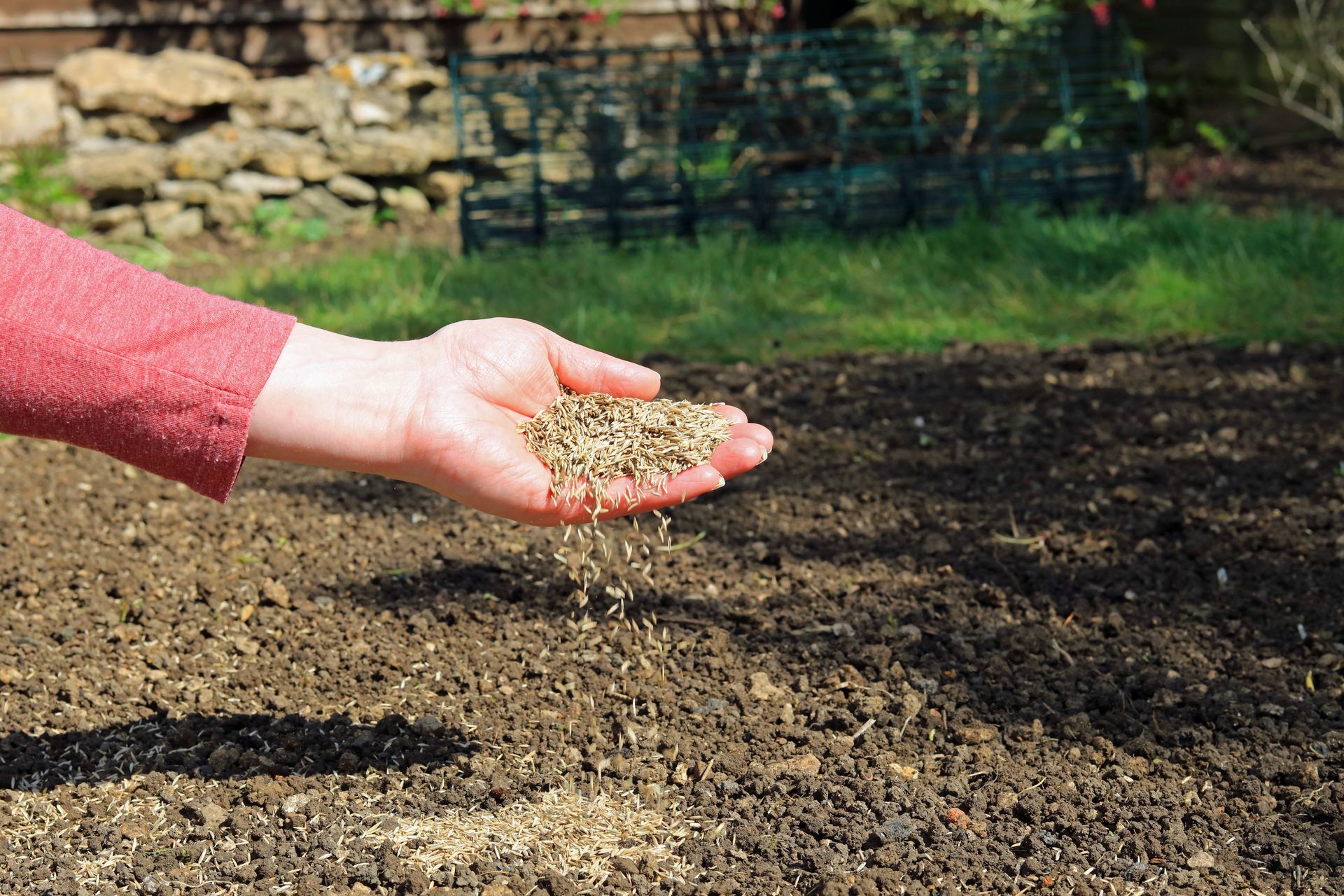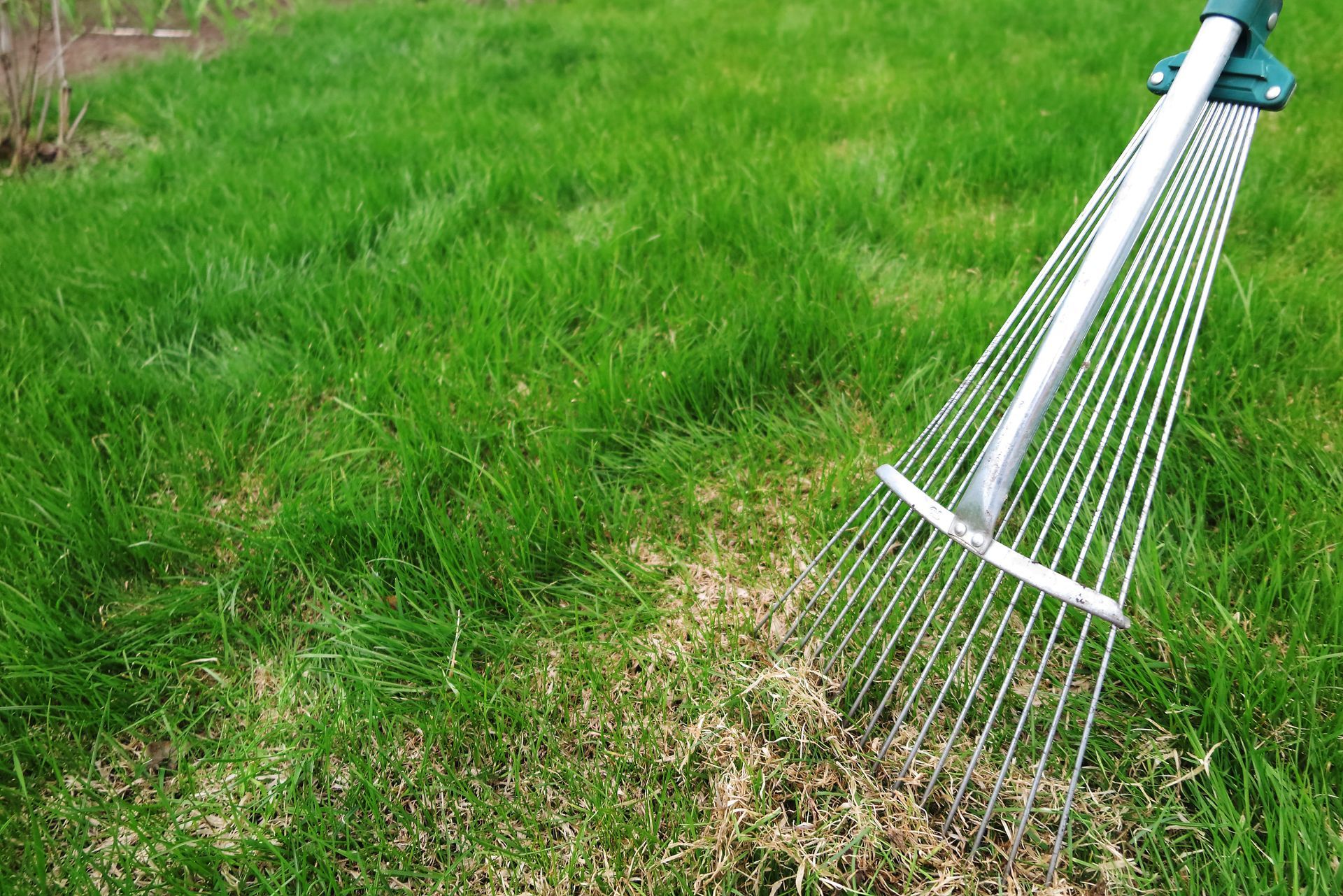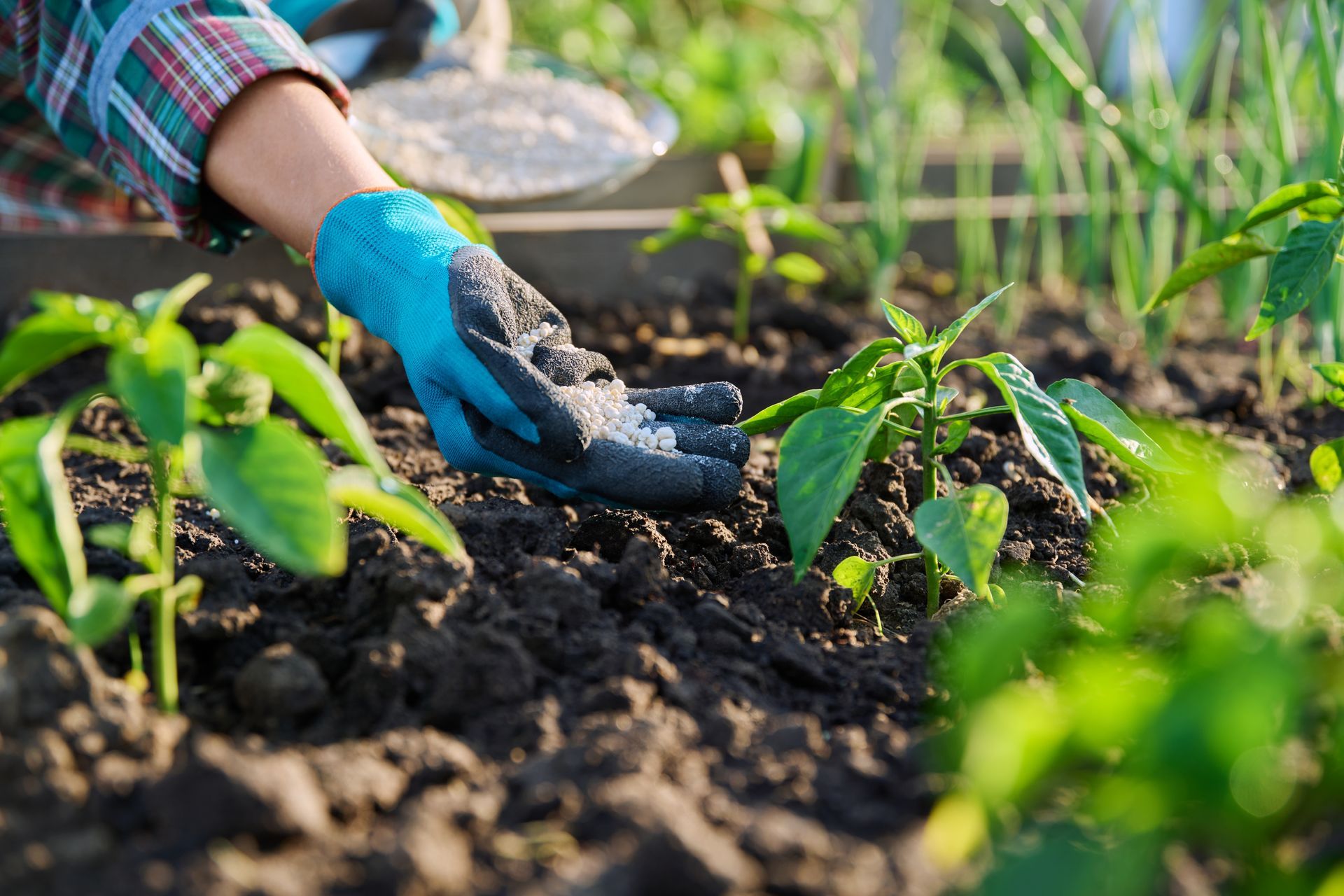March 15, 2021
How Spring Aeration Gives Your Lawn a Running Start - visionary fertilization
Is It Time to Aerate Your Yard?
What is Core Aeration?
Michiganders love spending time in their yards in the summer months. After all, what’s the point in investing all this money in lawn care if you can’t use it. But after all these graduations, weddings, barbecues, and get-togethers, it can leave your soil compact. Compacted soil is a lawn condition that prevents water and air from getting to the roots of your grass.
Core Aeration can solve this problem by pulling up small plugs of sod and loosening up the soil. After your grass can breathe and drink again, you will notice it return to its former lushness and then some.
What Are the Signs of Compacted Soil?
Before you choose to get your yard aerated, you must first determine if your soil is compact.
Symptoms of compact soil include:
- Water running off and pooling in low areas.
- Weak or yellowing grass.
- Spongy grass caused by thatch.
- Soil too hard to dig.
Thatch also can contribute and even make soil compaction worse. Thatch is the name given to the layer of organic material between the dirt and your grass. As it collects over time, it can act as a barrier to prevent water from penetrating.
When Should I Aerate My Lawn?
Aeration is a scientific process that needs to be properly timed to coincide with your grass’s growing season. If it is done while your grass is dormant, it will give weeds a chance to take over. There are two types of grasses; cool-season and warm-season grasses. Knowing what type of grass you have and when the growing season is, is the first step in aerating your lawn.
Cool-season grasses are adapted to the United States’ colder climates and do their growing during early spring and fall. During the summer, they go semi-dormant during long dry spells. Common cool-season grasses used in Michigan include Kentucky bluegrass, rough bluegrass, perennial ryegrass, fescues, and bentgrass. Early spring or early fall, the two transition periods of the year, are ideal times to aerate cool-season grasses.
Warm-season grasses are grasses adapted to warmer climates of the United States and do their growing during hot summers. They go dormant during late fall, winter, and early spring. Aerate in late spring through early summer if you have warm-season grasses.
Overseeding Your Lawn
Overseeding is another beneficial process that is usually performed after the conclusion of aeration. This is because your yard is full of holes and ready for sewing. Overseeding is the addition of other types of grass seeds into your existing lawn. By mixing different species of grasses, you can make your turf more resilient to pests, diseases, and drought. It’s a great way to add thickness to thinning patches of grass or repair bare patches.
Call The Professionals at Visionary Landscaping and Fertilization
At Visionary Landscaping and Fertilization , we offer aeration and overseeding services as well as a multi-step lawn care program to give your yard all the nutrients it needs to stay healthy and green all year long. Call 586-315-6384 today or leave a message on our site . Follow our blog for more helpful lawn care tips.




